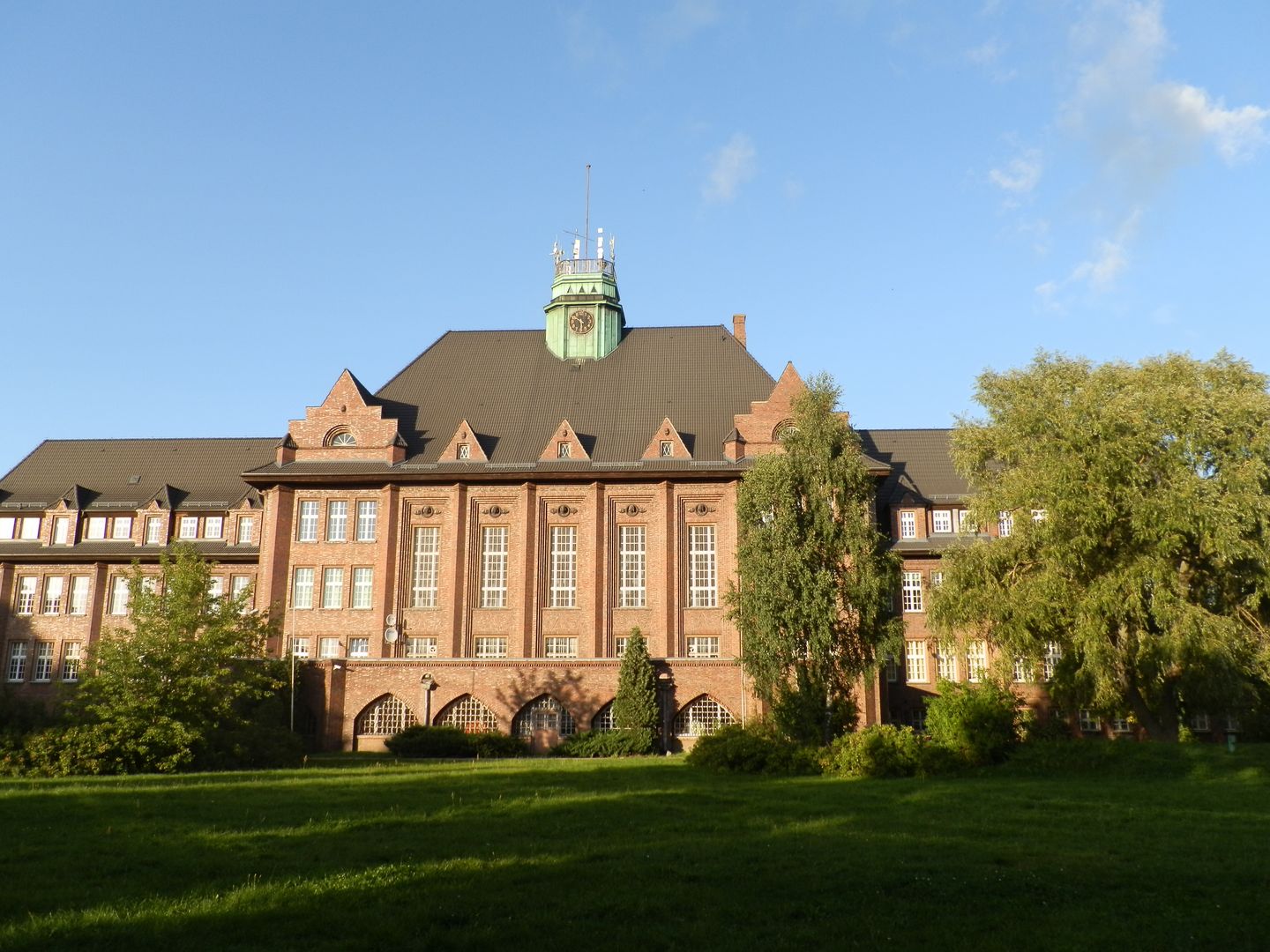Lębork
7.18

Overview
Lębork is a city in the Pomeranian Voivodeship and the seat of Lębork County, with a history dating back to the 13th century. Originally known as Lewino, it was granted town rights in 1341 as Lębork, established by the Teutonic Knights under Chełmno law. The city has undergone numerous administrative changes, including periods under German and Prussian rule. After World War II, Lębork became part of Poland, experiencing significant demographic shifts. The city is renowned for its well-preserved medieval town walls, the Gothic Church of St. James, and a 19th-century town hall. Its architecture also features examples of Neo-Gothic and Art Nouveau styles, with 16 historic monuments listed, including an Evangelical church and numerous tenement houses. Lębork promotes its culture through various events, such as the Lębork Week of Christian Culture and the St. James Fair. The city is home to diverse religious communities, including Roman Catholic, Evangelical, Greek Catholic, and Pentecostal churches. Lębork is also an active industrial center, with well-developed machinery and food sectors. Interestingly, the city lies on the tourist route to the Baltic Sea, attracting visitors and boosting local services. Lębork maintains international partnerships with cities like Lauenburg in Germany and Dudelange in Luxembourg. Rich in history, culture, and dynamic development, Lębork is a significant landmark in the Pomeranian region.
Location
2025 Wizytor | All Rights Reserved